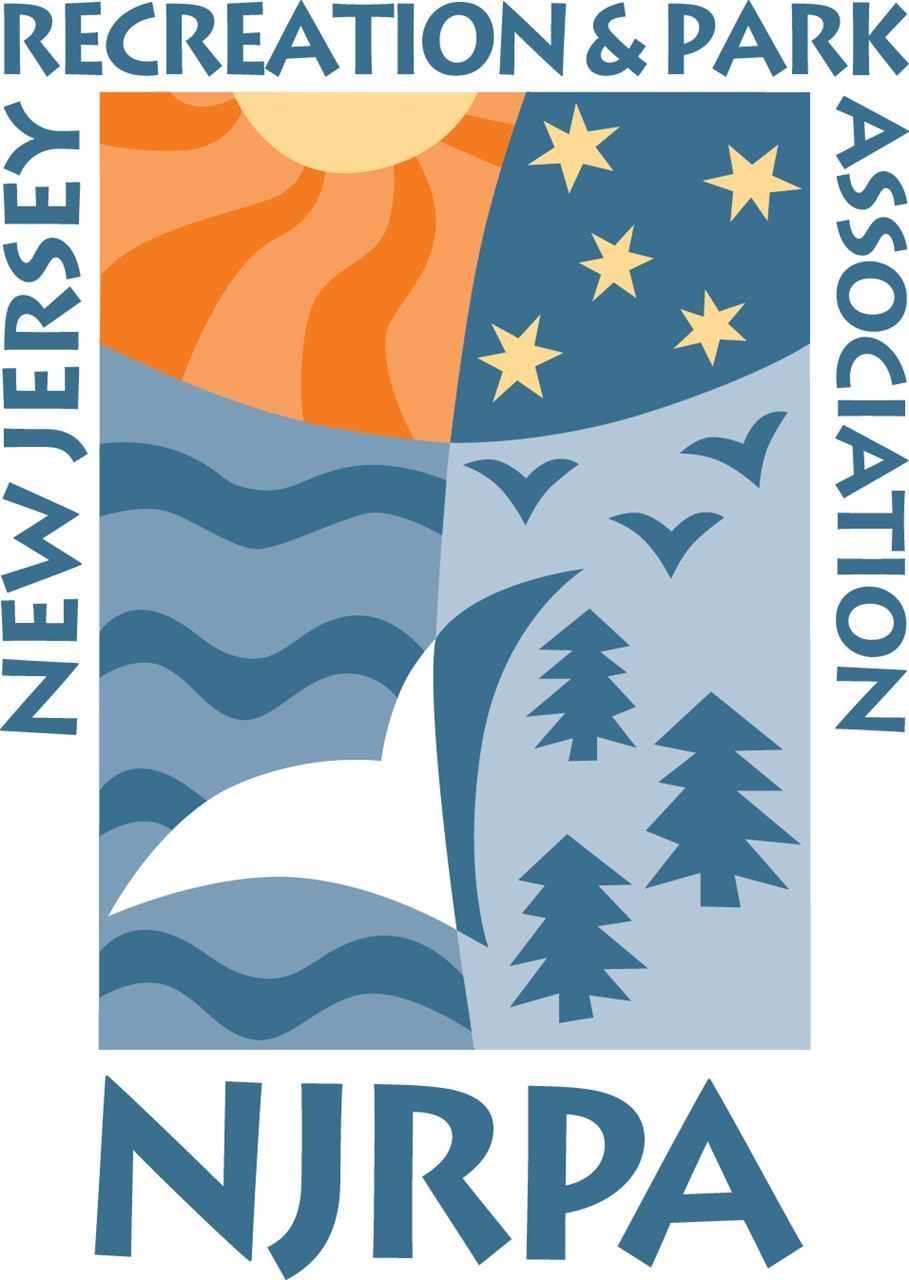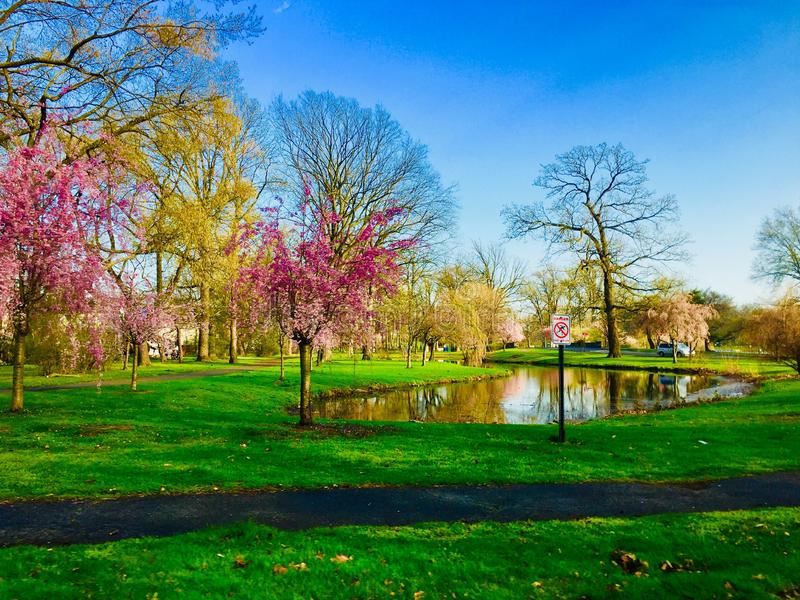Here’s why more NJ native plants could be coming to a yard near you
ANDREW S. LEWIS | JANUARY 13, 2022 | ENERGY & ENVIRONMENT
The state has an abundance of native flora. A newly signed bill is aimed at helping those plants flourish
Credit: (USFWF)
Swamp pink wildflowers in all their glory
A certain group of plants will soon be standing out among the rest at garden centers and nurseries across the state, thanks to a new bill, signed by Gov. Murphy on Monday, that calls for the establishment of a “Jersey Native Plants Program.”
The bill, first introduced by former Sen. Kip Bateman (R-Somerset) in 2020, will create a labeling system and marketing campaigns similar to the “Jersey Fresh” and “Jersey Grown” initiatives, to help boost consumer awareness of, and interest in, the state’s native plant species.
“Shopping local is a great way to support the farms that make New Jersey the Garden State, but we also need to encourage people to plant local,” Bateman said in a statement last March, when the bill was passed by the Senate. “Native plants will flourish here and help our state’s natural ecosystem thrive.”
More diverse than Alaska
New Jersey is the U.S.’s sixth-smallest state by land area and the second-most populated. Despite what is a clear crunch on natural space, the state remains incredibly biodiverse. According to a 2002 report by NatureServe, New Jersey has around 2,100 native plant species, putting its diversity level above that of Alaska, the biggest state in the nation with a land area by square mileage that is some 77 times larger.
Among New Jersey’s surprisingly vast array of flora, notes the bill’s text, 19 are “globally rare” and “have their largest and most viable populations” in the Garden State. Nine, the text continues, are thought to exist nowhere else on Earth.
Such plant diversity has much to do with New Jersey’s unique geography. The meandering three-hour drive south from High Point State Park to Cape May National Wildlife Refuge moves through five distinct physiographic regions, from mountains to basins to pine barrens to wide salt marsh meadows and sandy beaches.
Endangered by tar and cement
It’s the concrete, asphalt, cars, and vinyl siding pushing between these natural regions, however, that account for much of the reason why about 339 species — 15% — of native New Jersey flora are also classified as endangered.
“The extreme rarity of many of these species cannot be overemphasized,” wrote then-Department of Environmental Protection commissioner Lisa Jackson in a 2006 report on New Jersey’s endangered plant species. Jackson pointed out that over half of the world’s populations of the swamp pink wildflower occur in New Jersey, and that the Hammond’s yellow spring beauty, a tiny wildflower, can only be found in the state.
“As more areas are developed and native plants are taken out to put in buildings, roads and lawns, you’re losing critical habitat,” said Karen Walzer, public outreach coordinator for Barnegat Bay Partnership. A fragmented habitat, Walzer continued, can sometimes be as detrimental as no habitat at all. “With development, you’ll have a pocket of natural area here and a pocket there, but they’re not connected anymore.”
Walzer suggested that we should be thinking of development and native plants as having a direct, rather than indirect, relationship. In other words, as housing, highways and industrial complexes expand, the more important it is to landscape with native plants.
‘They don’t need much water’
“Because native plants are so well adapted to our soils and our climate,” says Walzer, “you’re not going to need to fertilize them, which reduces the sources of pollution going into the ground, storm drains, and rivers. They don’t need much water, which helps conserve our water supply. They support wildlife. They really are the nexus for everything.”
Unfortunately, native plants are often ignored by many homeowners, business owners and landscapers. This turning away from the very flora that can improve the quality of local environments has its origins in the post-World War II era when America began to suburbanize and, as Walzer put it, “lawns became a thing.” In addition to grass, which demands significant watering and fertilizing, Americans wanted new and unusual plants, something to differentiate their yard from their neighbor’s.
Humans, writes the landscape architect Benjamin Wellington, “have a tendency to negatively judge plants that grow without human intention.” Under such a sentiment, the superpowers of native plants — that they can grow almost anywhere, require little maintenance, and naturally improve soil and water conditions — become a disadvantage.
And today, with the majority of Americans living in suburban and urban communities, “a lot of people now just don’t know much about plants at all,” said Walzer. “So, they’ll go with whatever a landscaper wants to put in for them, or what they find at a garden center.”
‘Every little bit helps’
Walzer contends, however, that opinions of native plants have begun to shift in recent years, thanks to increased awareness of how dependent fragile fauna species, like the honeybee, are on native plants. A better understanding of the importance of healthy trees to carbon sequestration efforts has also helped spark interest in landscaping with native plants.
To encourage the burgeoning trend, in 2016 Walzer and her colleagues at the Barnegat Bay Partnership used a Department of Environmental Protection grant to develop the website jerseyyards.org, which provides users with resources on native plants and how to incorporate them in their landscaping plans.
With the passage of the Jersey Native Plants Program bill, Walzer said that the kind of information the partnership’s website provided its small user base can now be disseminated across garden centers and nurseries throughout the state. Native plants will be clearly labeled, making them easily identifiable for consumers.
“Native plants work fine in formal landscaping, too,” Walzer said. “You don’t have to turn your entire yard into a meadow — where you would have planted a non-native shrub, put in a native one instead. Every little bit helps.”




